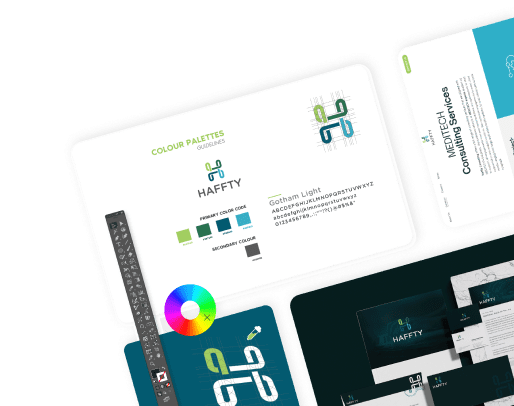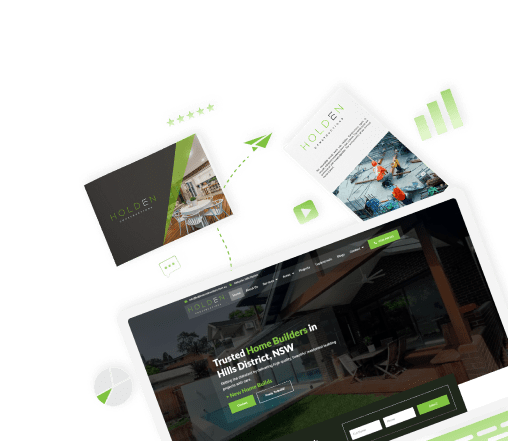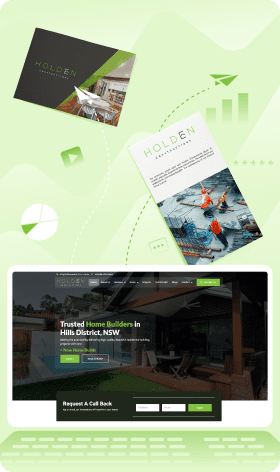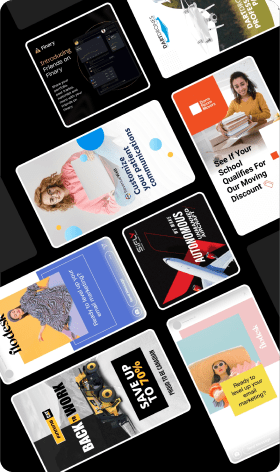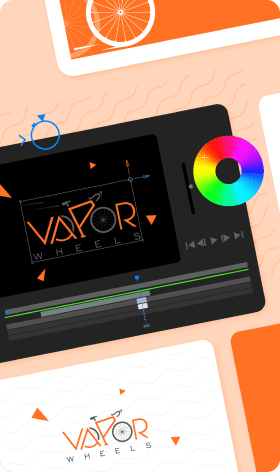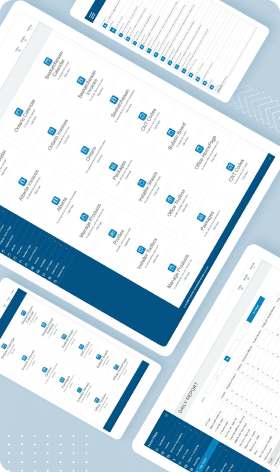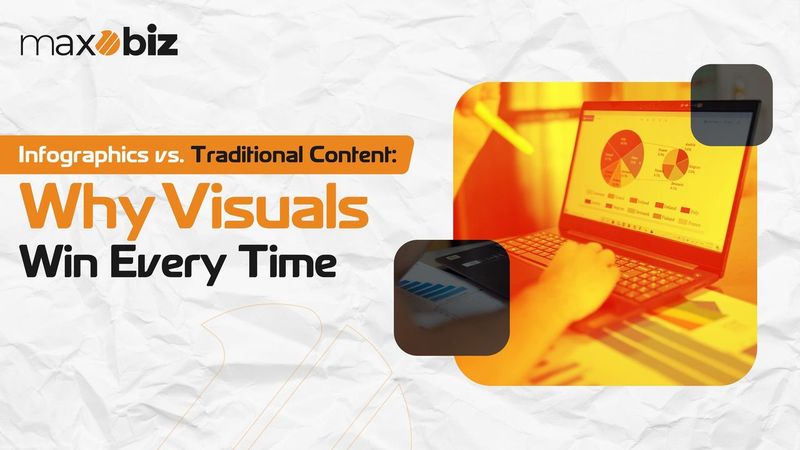The modern world is more interconnected than ever, and our information inputs are constantly flooding in. Whether scrolling through our social media feeds, browsing websites, or using our mobile applications, something is always competing for our attention. Given the fact that there is so much content being produced, it has also become more difficult for individuals to get noticed. This is where the argument of whether to use infographics or not compared to other forms of content material comes in. And as for me, using visual content such as infographics, is far more effective. Let me explain the reasoning behind that.
The Power of Visuals
It has been scientifically proven that the brain reacts faster to visuals as compared to reading text. Think about it: if you are scrolling down your news feed and you find a block of color and an infographic next to an article, which one are you to pick? That is because visuals are more compelling by their very nature. They capture our attention and facilitate understanding of large amounts of information.
Visual Content Advantages: Easier to Understand
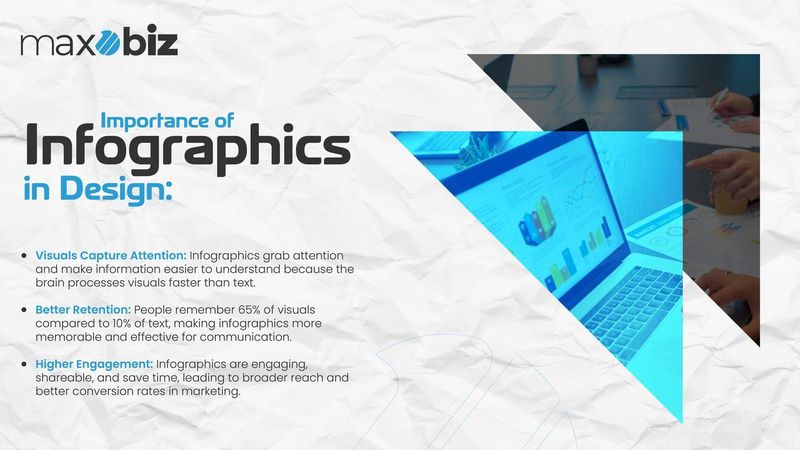
One of the major benefits associated with the use of visual content is that it makes information more comprehensible. Print media, especially that which has lots of writing can cause information overload. This is why long paragraphs, lots of data, and endless bullet-pointed lists are not appealing and can be rather off-putting. On the other hand, infographics dissect this information into small digestible chunks. They make abstract ideas easy to comprehend by using icons, charts, and images in their work. As a result, your audience can quickly and easily understand the message you are trying to convey.
Read Also: The Power of a Captivating Book Cover: How Design Impacts Sales
Infographics: Memorable and Shareable
One more advantage of infographics over traditional content is that infographics are easier to memorize. Research has indicated that consumers are likely to retain 65% of what they visually perceive, as opposed to 10% of what they read. So if you want your message to be remembered, then use visuals as much as you can.
However organically, infographics are not only about creating memory but also about shareability. In the era of connectivity, the ability to share is paramount. People can forward an excellent graphic design than forward an article or a report. This implies that your content can get to a large number of the audience thus increasing traffic and popularity.
Benefits of Infographics: Better Engagement
I want to say a few words about engagement now. In this case, the advantages of infographics are not only in gaining attention but also in maintaining it. Since they are colorful and straightforward, people tend to view an infographic rather than scroll through an article as they usually do. It can result in higher.
Conversion rates depend on what your goal is – getting people to sign up, buy something or just know about something.
Visuals save Time
Since everyone is busy, time is valuable, and infographics are effective time savers. They can look at the infographic, get the important information they need, and further don’t have to pay attention to it. This efficiency is especially crucial in business and marketing, where getting your message to the public can mean the difference between success and failure.
Also Read This Blog: Choosing the Right Social Media Graphic Design Agency: Factors to Consider
Conclusion: Infographics vs. Traditional Content
Well, what does all of this mean? In other words, infographics are a more efficient means of communicating in the modern world. Because they grab attention, are easier to comprehend, are more memorable, and elicit a better response. Although traditional content plays an important role, especially when it comes to detailed information, visuals like infographics convey your message quicker and better.
If there is ever a war between infographics and traditional content, you can bet your bottom dollar that visuals came out the winner. If you want to get attention, it is about time that you leverage the use of infographics. Whether you are a marketer, an educator, or a content creator, incorporating visual media will assist you in getting through to the audience.
Well, next time you have a message to convey, remember to think in pictures. Your audience—and your results—will thank you.
Are you prepared for making a transition to infographics or do you still believe in standard content?
Also Read This blog: Why Professional Graphic Design is Essential for Social Media Success






